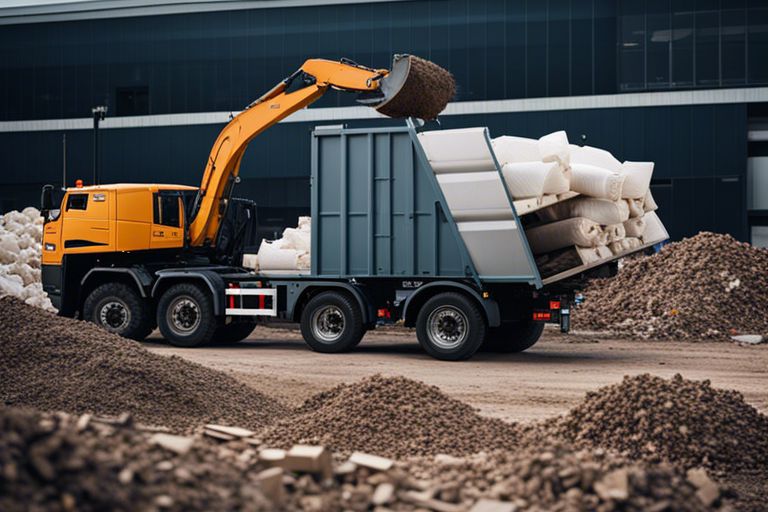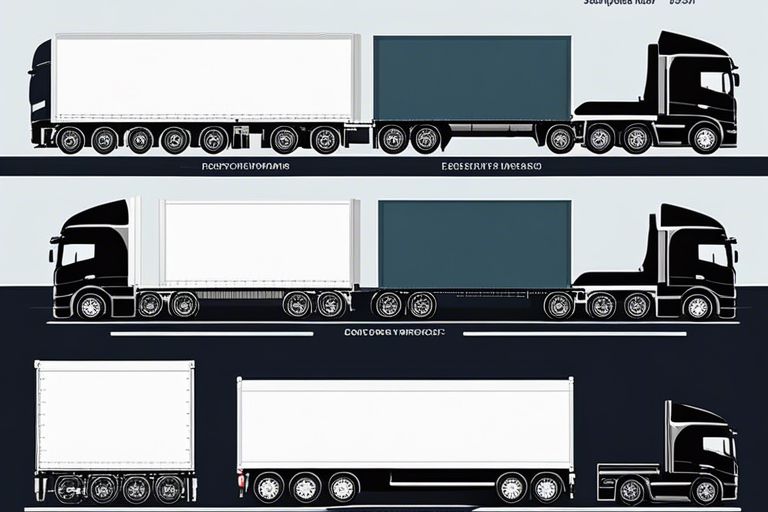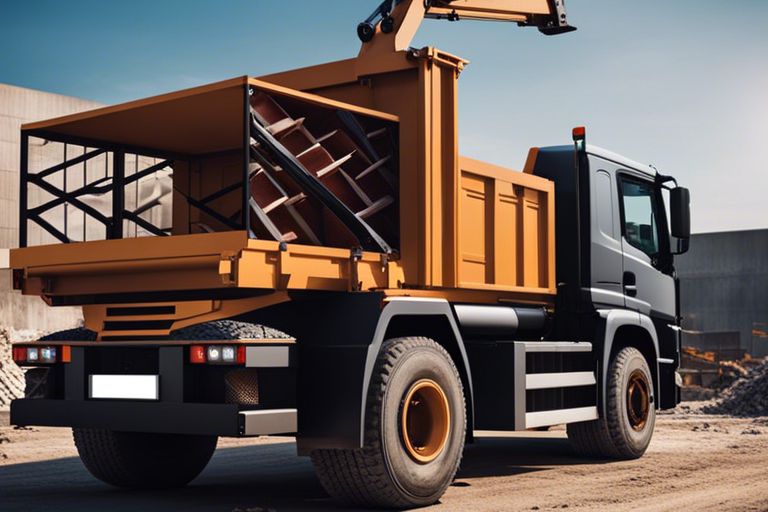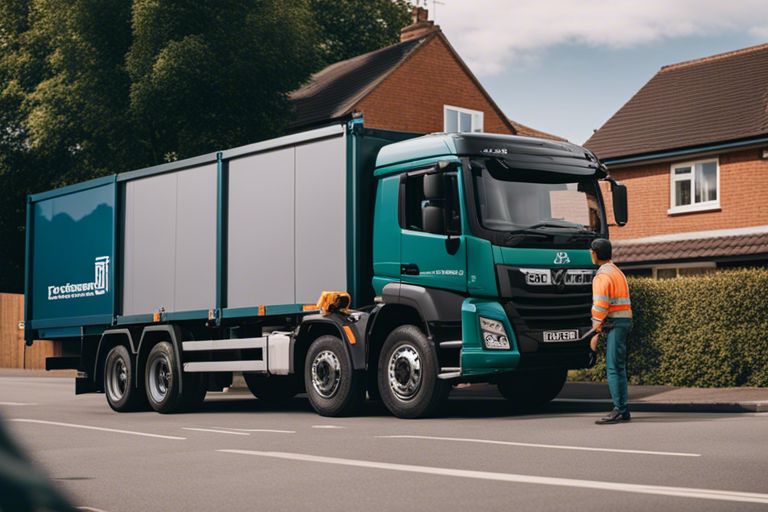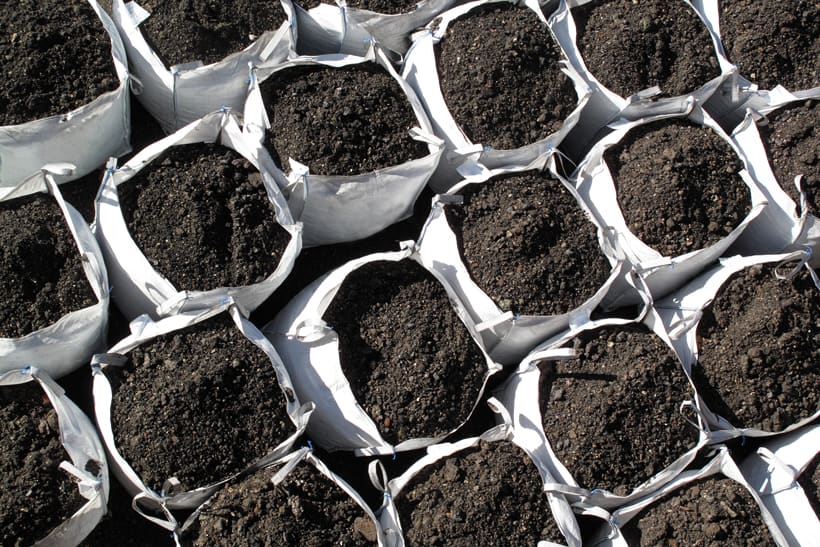Are you aware of the potential hazards that come with demolition work? Although demolition is a necessary aspect of construction and development, there are catastrophic risks involved when it goes wrong. Whether it’s a building collapse, hazardous material exposure, or environmental damage, mismanaged demolition can have devastating consequences. In this blog post, you will learn about the perils of destruction and how to prevent them to ensure the safety of everyone involved.
Planning and Regulatory Oversight
When it comes to demolition, careful planning and strong regulatory oversight are absolutely critical. Without proper planning and oversight, the risk of disaster increases significantly. In this chapter, we will explore the key steps in demolition planning and the crucial role that regulations play in preventing demolition disasters.
Key Steps in Demolition Planning
Before embarking on any demolition project, it is essential to thoroughly assess the site and develop a detailed plan. This includes conducting a comprehensive survey to identify any potential hazards, such as asbestos or other hazardous materials. You must also consider the proximity of neighbouring structures and the impact of the demolition on the surrounding environment. It is important to engage with qualified professionals to ensure that the planning process is thorough and accurate. Failure to undertake these key steps can result in serious safety hazards and environmental damage.
Role of Regulations in Preventing Demolition Disasters
Regulations play a vital role in maintaining safety and preventing demolition disasters. They provide a framework for ensuring that proper procedures are followed, and they set clear standards for the demolition industry. These regulations cover a wide range of aspects, including the handling and disposal of hazardous materials, the structural stability of buildings, and the safety precautions that must be in place during the demolition process. Adherence to these regulations is absolutely crucial in safeguarding the well-being of workers, the public, and the environment.
Case Studies of Demolition Failures
When it comes to demolition, The many faceted unseen dangers of demolition are ever-present. Here are some case studies that illustrate the perils of demolition gone wrong:
- 1. The Hard Rock Hotel, New Orleans – Structural collapse during demolition resulted in 3 deaths and multiple injuries, highlighting the deadly consequences of structural failure.
- 2. Didcot Power Station, United Kingdom – A boiler house collapse during demolition resulted in 4 fatalities and multiple injuries, underscoring the global reach of demolition hazards.
- 3. Royal Canberra Hospital, Australia – An uncontrolled collapse during demolition led to 3 deaths and significant property damage, demonstrating the need for stringent safety measures.
Structural Collapse Incidents
Structural collapses during demolition pose a significant risk to workers and the public. The unpredictability of building elements, combined with the force of gravity, can result in catastrophic outcomes. It is crucial to thoroughly assess structural stability before commencing demolition activities to prevent such incidents.
Accidents from Insufficient Safety Measures
Insufficient safety measures, such as inadequate personal protective equipment and lack of proper training, significantly increase the risk of accidents during demolition. Failure to adhere to established safety protocols can lead to severe injuries and even fatalities. It is essential to prioritise safety at every stage of the demolition process to prevent such accidents.
The Human and Environmental Toll
When demolition goes wrong, the consequences can be devastating, resulting in significant human and environmental toll. You may be wondering what happens when the wrong house is demolished? Let’s explore the impact of demolition mishaps on both individuals and the environment.
Impact on Workers and Bystanders
Demolition accidents can have severe impacts on the workers involved as well as bystanders. There have been cases where workers and innocent bystanders have been seriously injured or even killed due to incorrect procedures, inadequate safety measures, or structural failures during demolition. The emotional and psychological toll on those involved can also be significant, with the trauma of witnessing or being involved in such incidents lasting a lifetime.
Environmental Consequences of Demolition Mishaps
Demolition gone wrong can have dire environmental consequences. Structural failures, mishandled materials, and uncontrolled debris can result in pollution of the surrounding area. Hazardous materials such as asbestos, lead, and other contaminants may be released into the air and water, posing serious health risks to both humans and wildlife. The improper disposal of demolition waste can also lead to long-term environmental damage, impacting ecosystems and natural resources.
Mitigation Strategies
When it comes to preventing demolition from going wrong, there are a number of mitigation strategies that you can employ to ensure the process is as safe and efficient as possible.
Advanced Demolition Technologies
Utilising advanced demolition technologies can significantly reduce the risks associated with demolition. Some of the technologies you may consider include:
- Implosion Techniques – This involves using explosives to collapse a building in on itself, minimising the impact on surrounding structures.
- Robotics and Remote-Controlled Equipment – These technologies allow for controlled demolition from a safe distance, reducing the risk to workers.
- Structural Monitoring Systems – Implementing these systems can provide real-time data on the structural integrity of a building during demolition, ensuring safety.
Best Practices for Risk Reduction
Implementing best practices for risk reduction is crucial in ensuring the safety of demolition processes. Some key practices include:
Comprehensive Planning – Before commencing with demolition, thorough planning is essential to identify and mitigate potential risks.
Qualified Personnel – Ensuring that qualified and experienced personnel are involved in the demolition process is critical to minimising the likelihood of errors or accidents.
Environmental Considerations – Taking into account environmental factors such as air quality, noise, and waste management during demolition can help mitigate negative impacts on the surrounding area.
Conclusion: The Perils of Destruction – When Demolition Goes Wrong
Upon reflecting on the potential dangers of demolition work, it is crucial to understand the significant risks that can arise when demolition goes wrong. From structural collapse to hazardous materials exposure, the consequences of a botched demolition can be catastrophic. To ensure the safety of workers and the public, it is essential to adhere to proper demolition procedures and regulations. For more information on safe demolition practices, you can visit Demolitions and dismantling – OSHwiki – European Union.
FAQ
Q: What are the common causes of demolition accidents?
A: Common causes of demolition accidents include inadequate planning, improper use of equipment, failure to maintain safety protocols, and unexpected environmental factors.
Q: What are the potential dangers of a demolition gone wrong?
A: A demolition gone wrong can result in structural collapses, injuries to workers and bystanders, environmental hazards, and costly property damage.
Q: How can demolition accidents be prevented?
A: Demolition accidents can be prevented by thorough planning, proper training for workers, regular equipment maintenance, strict adherence to safety regulations, and clear communication among all involved parties.
Q: What should I do if I witness a demolition accident?
A: If you witness a demolition accident, immediately move to a safe location and call emergency services. Do not attempt to intervene unless you are a trained professional.
Q: Who is liable for a demolition accident?
A: Liability for a demolition accident can vary depending on the specific circumstances, but it may fall on the property owner, the demolition company, or other parties involved in the project. Legal counsel may be necessary to determine liability.
Q: What regulations govern demolition practices?
A: Demolition practices are regulated by health and safety authorities, as well as local building codes. It is important for demolition companies to be fully compliant with all relevant regulations to ensure safe practices.
Q: What should I look for in a reputable demolition company?
A: When choosing a demolition company, look for a proven track record of safety, proper licensing and insurance, experienced and well-trained staff, and a commitment to environmental responsibility. It is also wise to seek references from previous clients.


